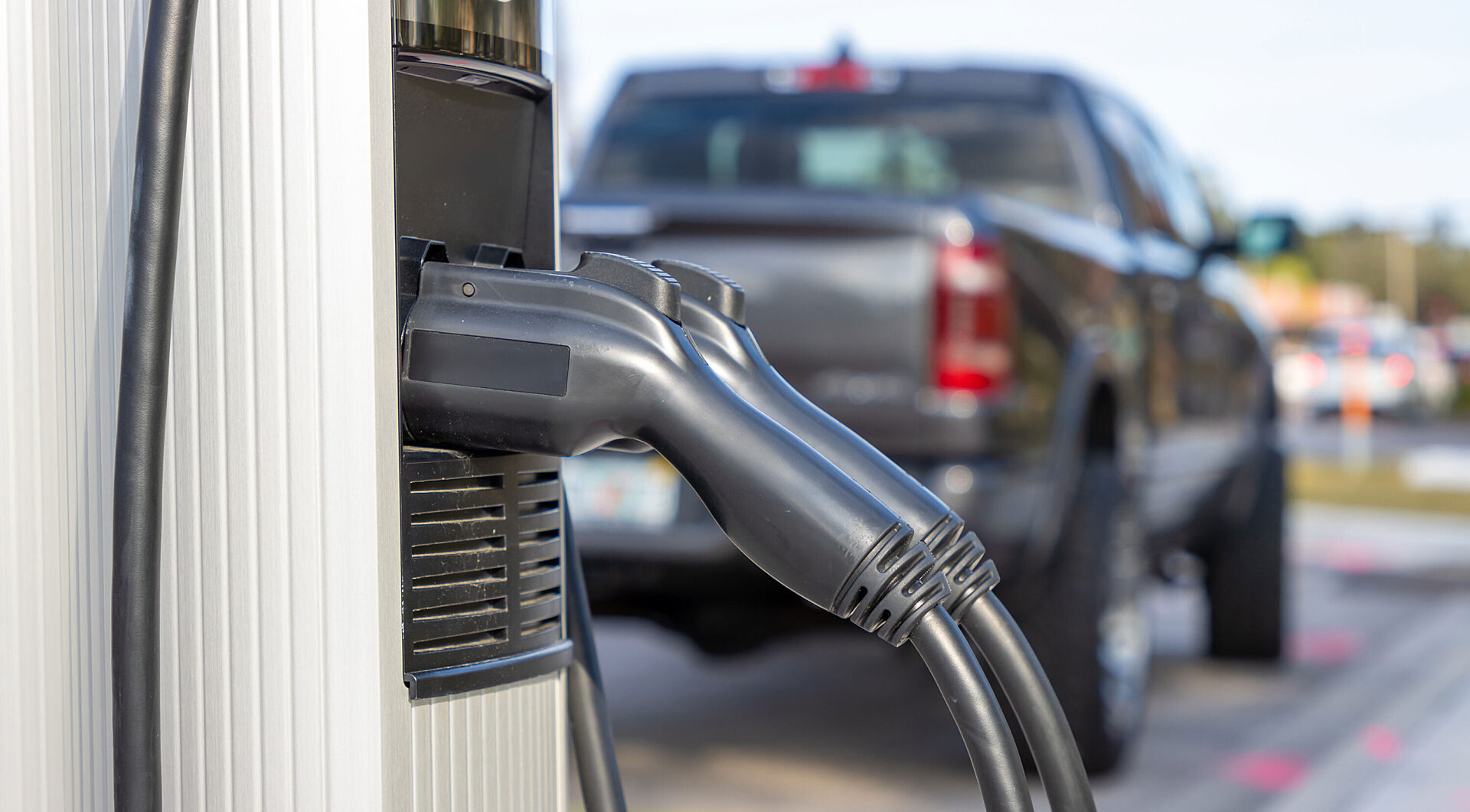Sustainability

Insights 02.01.2024
Key Considerations for Going Electric


Jackson Reid
Demetrios Stamatakis
Our current situation means that all of us who can are Working from Home. For most in this position it means tethering yourself to your laptop in the living room and maintaining contact with your colleagues through various messaging, app, and video platforms. It’s not as obvious how you do it when your day job means donning a hard hat, work boots, and safety goggles.
The current pandemic temporarily shut down our jobsites but we still take advantage of this period to further push the boundaries of our reality capture and work in progress monitoring. Technology has advanced to the point where it is now possible to virtually access a jobsite. The current crisis makes a clear case for consistency in capturing work in progress, and you will see an increase in these practices as we move to a post COVID-19 world.
In anticipation of a slow and controlled return-to-work as the pandemic eases, GLY is leveraging our R&D findings to facilitate clear communications between field and remote workers to bring each of our projects back online as safely and efficiently as possible.
One of the most important means of addressing any issue is through clear communication. Safety, workflow, and logistics management requires on-site review to resolve issues, and the information required to communicate situations effectively includes the current state of the project at a variety of scales: finish, room, specific area, or entire jobsite.
We now have the capability to deploy remote access ecosystems that include traditional video conferencing and chat applications along with advanced meeting and communication platforms that provide a visual record of jobsite progress. We use this information for critical decision-making and efficient project delivery—ensuring safe continued execution of jobsite duties at any scale.
The emergence of jobsite progress dashboards such as BIM 360 Build give at-a-glance access to the latest project information and quick links to other relevant apps.

BIM 360 Build Dashboard.
From there, team members see current progress by jumping into one of the many 360 photo documentation apps such HoloBuilder. These apps provide easy-to-access snapshots of a jobsite in real time.

Snapshot of work in progress using the HoloBuilder app.
Project teams can also view live feeds of the jobsite using programs like OxBlue. Some cameras even provide predictive analytics to improve site operation efficiencies. Take Versatile Natures’ CraneView™ for example. This robust technology captures footage of the jobsite through a tracking device latched to a tower crane hook. A machine learning artificial intelligence algorithm classifies and sorts each picture and the resulting data informs scheduling and location awareness, allowing site supervisors to better understand tower crane usage and identify opportunities to optimize use and improve practices.

CraneView™ dashboard.
Drones not only provide high definition images and maps, but their ability to fly around the jobsite makes viewpoints that are physically inaccessible, accessible.

DroneDeploy gives users the ability to map a jobsite and store/share high resolution images.
Video-conference software [i.e. Microsoft Teams] and even simple video calls [i.e. FaceTime] make it easier to check in with the team via desktop, tablet, or mobile phone. Virtual meetings using screen shares also brings remote workers onto the jobsite safely. Admittedly, the video quality and connection will vary sometimes dramatically.
Taking virtual meetings to an even higher level, we can access 3D models of the project using one of the many virtual or mixed reality platforms.

Using InsiteVR, project teams navigate a project’s 3D models together, creating a collaborative, immersive experience.
We may be forced to move further apart physically, but technology steps up to bring us back together. Remote access technology allows non-essential staff to continue with the mission of project administration and management while protecting essential on-site workers from potential infection.
Further, it gives us a glimpse into a future where advancements in autonomous reality capture techniques will allow drones or roving robots to monitor job site progress every day rather than intermittently, allowing thorough, real-time documentation of jobsite conditions. The current challenge we face is the need for accurate, real time access to the jobsite data that is most critical to support ongoing operations and unforeseen circumstances.
The COVID-19 pandemic challenges many underlying assumptions about the way we work. Centuries ago, Plato observed that necessity is the mother of all invention. I am confident now more than ever that we will emerge from this traumatic experience with solutions that will accelerate advancements in safe, efficient, digital capture and delivery of jobsite progress, enabling more efficient remote collaboration.
We are working harder than ever to deliver for our clients and leveraging every tool we have to continue operations in these trying times. Every day provides new data proving which tools are the most indispensable and how we can use them most effectively. I’m curious to see what new and unique workflows emerge as we adjust and adapt.